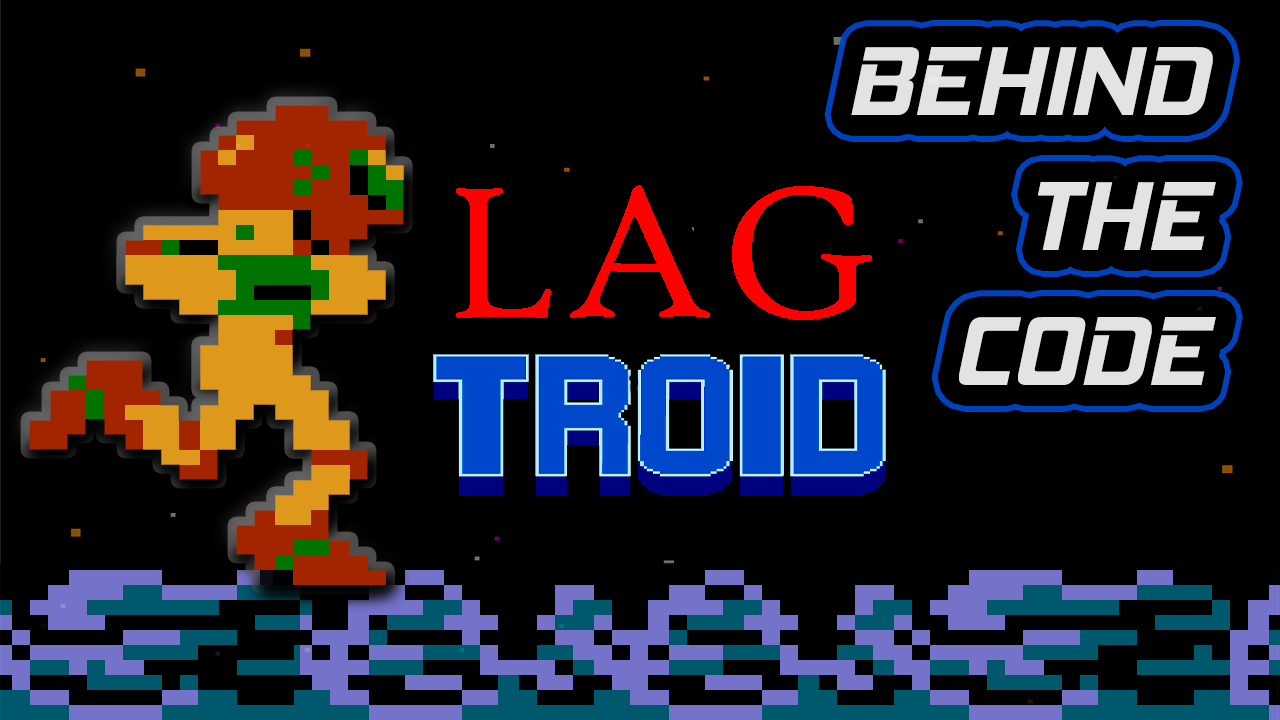Why is Metroid so Laggy? Part 1 – Loading Rooms and Running out of Time – Behind the Code
I’ve wanted to do a video on the lag of Metroid since I first started Behind the Code, and that day (or period of about three months) has finally arrived. If you’ve played NES Metroid, you know there are many instances of unexplainable lag. No enemies on the screen, and it stutters. Why? We get […]








